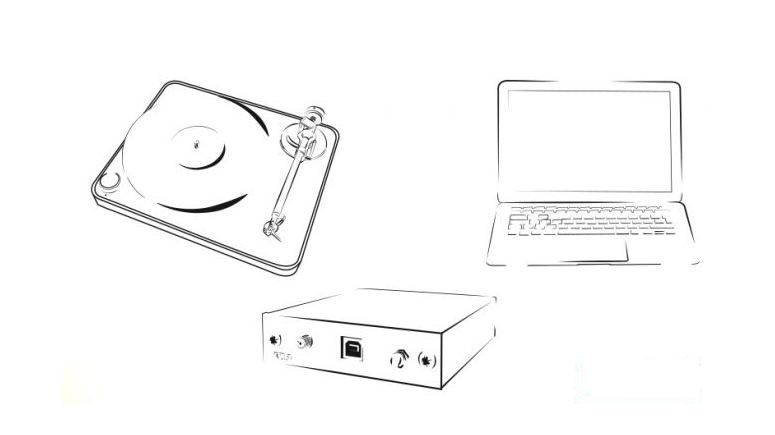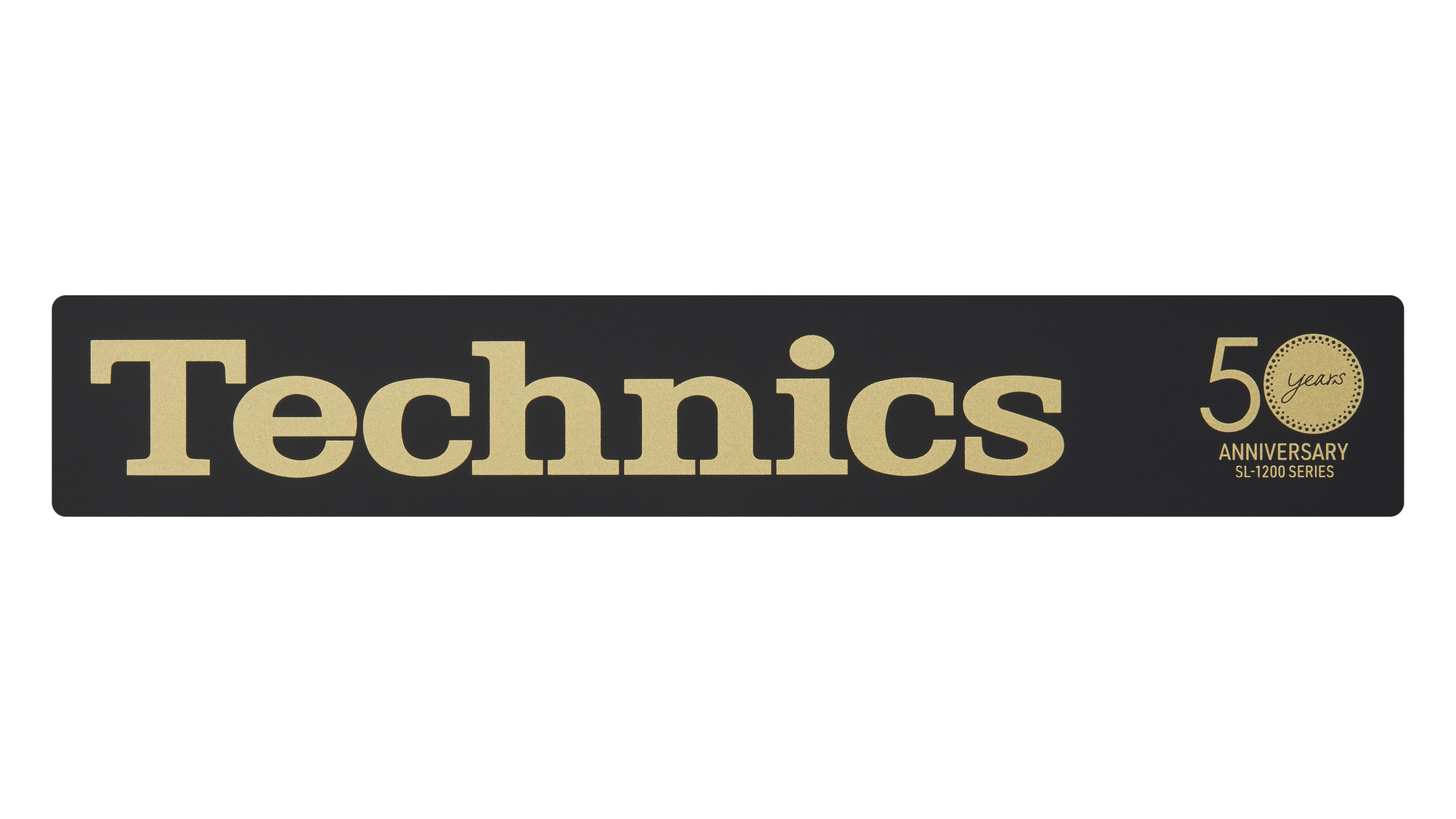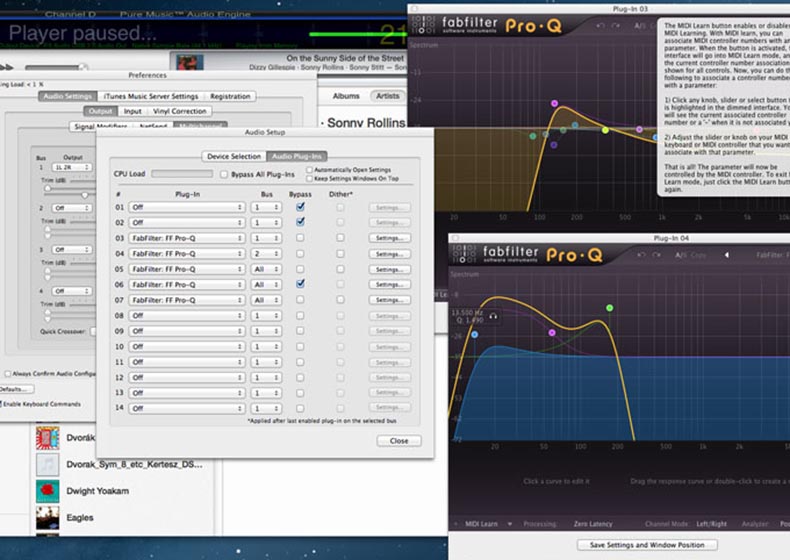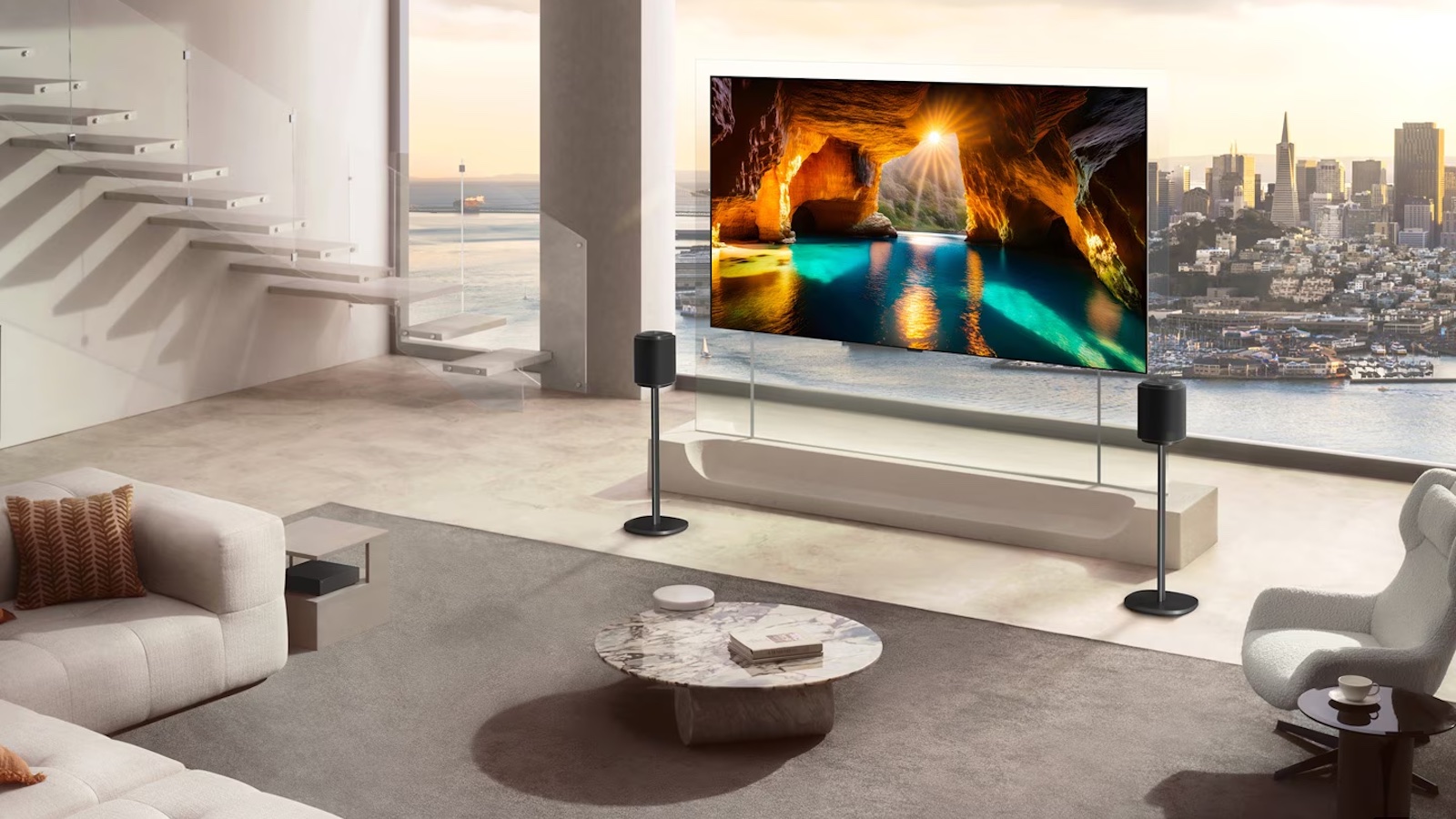How to digitise your vinyl collection - rip your records to hi-res
A complete guide to ripping your records


Welcome to Vinyl Week on What Hi-Fi?, in association with Technics. You can find out more about how Technics has been defining turntable culture for half a century and the company's SL-1200M7L Limited Edition turntable.
We love records. We adore almost everything about them: their look, their feel, the large-scale cover art and easily readable sleeve notes. Most of all, we can’t get enough of their wonderfully fluid analogue sound. There’s just something about an immaculate record, played back on a good turntable, that even the best of digital can struggle to match, let alone better.
But in many situations – whether it’s listening on your smartphone, portable music player or computer, or if you’ve made a move towards streaming – records just won’t do. After all, you can hardly take them on the bus. But it's the 21st century, so surely there's a way to listen to your vinyl on the move? Correct.
You could always buy the music again in file form (and some vinyl records come with download codes) but, if you’ve already bought it once, the idea of paying for the same music again may not appeal. It’s also possible older recordings may not have made the transition to digital anyway. That’s when turning your vinyl records into digital files becomes essential.
But don’t expect ripping your vinyl to be quite as fuss-free as making a copy of your CDs. It isn’t. CDs are easy. Pop them into the disc drive of your computer and rip away. Records require a bit more work – but the results can be worth it.
- Save a tidy sum with the best budget turntables around
What do you need?

There are numerous hardware configurations, but the basic building blocks are: a turntable (of course), a phono stage, an analogue-to-digital converter with USB output, and a computer with suitable recording software. If any of those are missing from your current arsenal, it needn't mean spending heaps of money, but these are the nuts and bolts.
It seems complex, but the system can be simplified. There are many turntables on the market with a phono stage, analogue-to-digital converter and USB output built in – the Sony PS-HX500, for instance. Usually referred to as USB turntables, these are a convenient way to get music on vinyl into your computer.
The downside is: most tend to be at the budget end of the market and concentrate merely on getting the job done rather than doing it particularly well. Simply put, your recordings won’t necessarily reflect the quality of sound possible from your records. The PS-HX500 and Audio Technica AT-LP5 vinyl-ripping decks do their best to buck that trend – the former rips vinyl into hi-res audio files, for instance.
The latest hi-fi, home cinema and tech news, reviews, buying advice and deals, direct to your inbox.
But what if you already have a turntable? Then the best option is to buy a decent USB phono stage. We like the Rega Fono Mini A2D and there are very decent alternatives, too. Such units pack phono stage, analogue-to-digital converter and USB output in one neat box. Perhaps a headphone amp too, if you're very lucky.
- Get ripped with the best USB turntables on the market
Recording software

Assuming you have a computer, you need some recording software. There are many options on the market, some specifically designed for recording vinyl. Channel D’s Pure Vinyl (pictured above) comes in at the top end and offers a great deal of flexibility.
It features built-in phono equalisation, for example, so you can feed the turntable’s output straight into the computer without needing a phono stage in the signal path. There are also powerful editing functions to help optimise the recording. It’s great, but the downside is a price of around £280 ($380).
A more affordable alternative is VinylStudio. This includes many of the features of Pure Vinyl, including built-in RIAA equalisation, but costs only $30 (around £20).
For many people, even this may be a step too far. If that’s the case, we recommend Audacity software. It’s free and does a good enough job. At first the interface looks pretty complicated, and some of the editing functions take a while to figure out, but spend some time getting familiar with it and it works well.
- These are the best phono preamps money can buy
Patience will be rewarded

Before you start recording, make sure your deck is working optimally. If you haven’t checked your turntable set-up for a while, it’s worth doing so. Little things, such as whether it’s sitting level, or that there’s enough oil in the main bearing, can make all the difference to the performance.
Check your cartridge too. Is the tip free of fluff? Are the tracking force and bias adjusted correctly? These simple things can help produce a better-sounding recording.
In stark contrast to the few seconds that ripping a typical track from CD takes, vinyl can only be recorded in real time. If a song lasts five minutes, that’s how long it will take to record.
So take your time. Make sure the player isn’t jostled during the recording, and keep the playback volume low to reduce any degradation of sound caused by feedback from the speakers.
Also, make sure your records are spotless and dust-free. Ideally, they would be brand-new and unused straight from the sleeve, but we understand that’s not practical in most cases. Remember: any hisses, clicks and pops will be recorded along with the music.
While such sounds may – if they’re not too excessive – add character to vinyl playback, people tend to be less forgiving of such noises from a digital source. You can buy software to edit such sounds but it’s a time-consuming process, and if you’ve been overzealous all that additional processing may spoil the recording.
- Find out how to set up your turntable
- Something not sounding right? Check our guide to helping your hi-fi sing
All in the details

What format should you record in? Storage is affordable, so we’d be tempted to go down the high-resolution route. 24bit/96kHz is the norm for many studios, and seems a good compromise between quality and memory space used.
WAV, AIFF or FLAC? It doesn’t really matter so much, as long as the kit you normally use is compatible. In the Sony PS-HX500's case, you can record up to DSD 5.6 MHz.
CD music or music files usually have metadata built in. In the case of music files this includes album art plus track information. Records don’t have this, so the information has to be entered in manually.
The process is fairly tedious, especially if you’ve recorded a large quantity of music, but it’s essential to make it easy to locate tracks once they’re in your computer’s music folder.
Your computer won’t recognise individual tracks, so usually you’ll have to stop recording when you’ve finished recording each one. Tracks that flow into each other are an issue too. Mark these for gapless playback or you’ll have a few seconds of silence where there shouldn’t be.
Once you’re done, it would be a substantial pain if a computer or NAS malfunction caused the data to be corrupted or lost. Ensure you have at least one back-up of your digital music library – two is even better. After going to all that effort to record your vinyl, it would be a shame if you had to do it all again.
And the final stage? Sit back and enjoy.
MORE:
- Check out our 10 of the best-sounding vinyl records suggestions
- Find out how to get the best sound from your turntable
- Here are 10 tips for buying second-hand vinyl
- Buy! 14 of the best turntable accessories for better vinyl sound

Welcome to Vinyl Week on What Hi-Fi?, in association with Technics. You can find out more about how Technics has been defining turntable culture for half a century and the company's SL-1200M7L Limited Edition turntable.

Ketan Bharadia is the Technical Editor of What Hi-Fi? He has been reviewing hi-fi, TV and home cinema equipment for almost three decades and has covered thousands of products over that time. Ketan works across the What Hi-Fi? brand including the website and magazine. His background is based in electronic and mechanical engineering.
